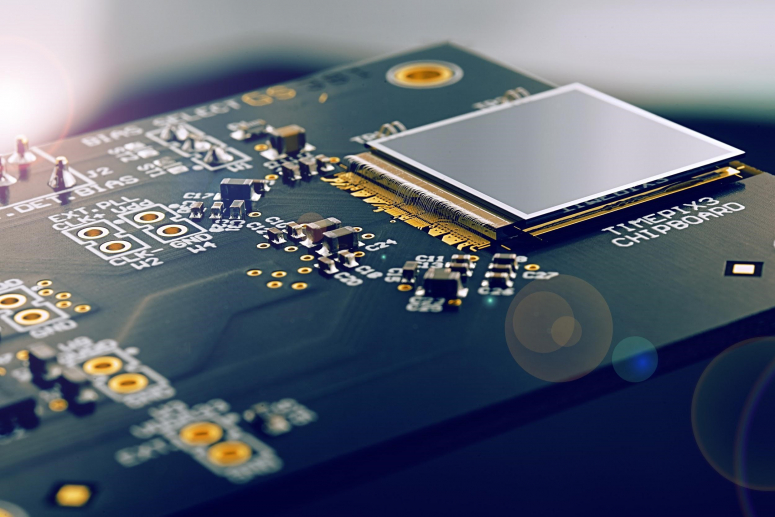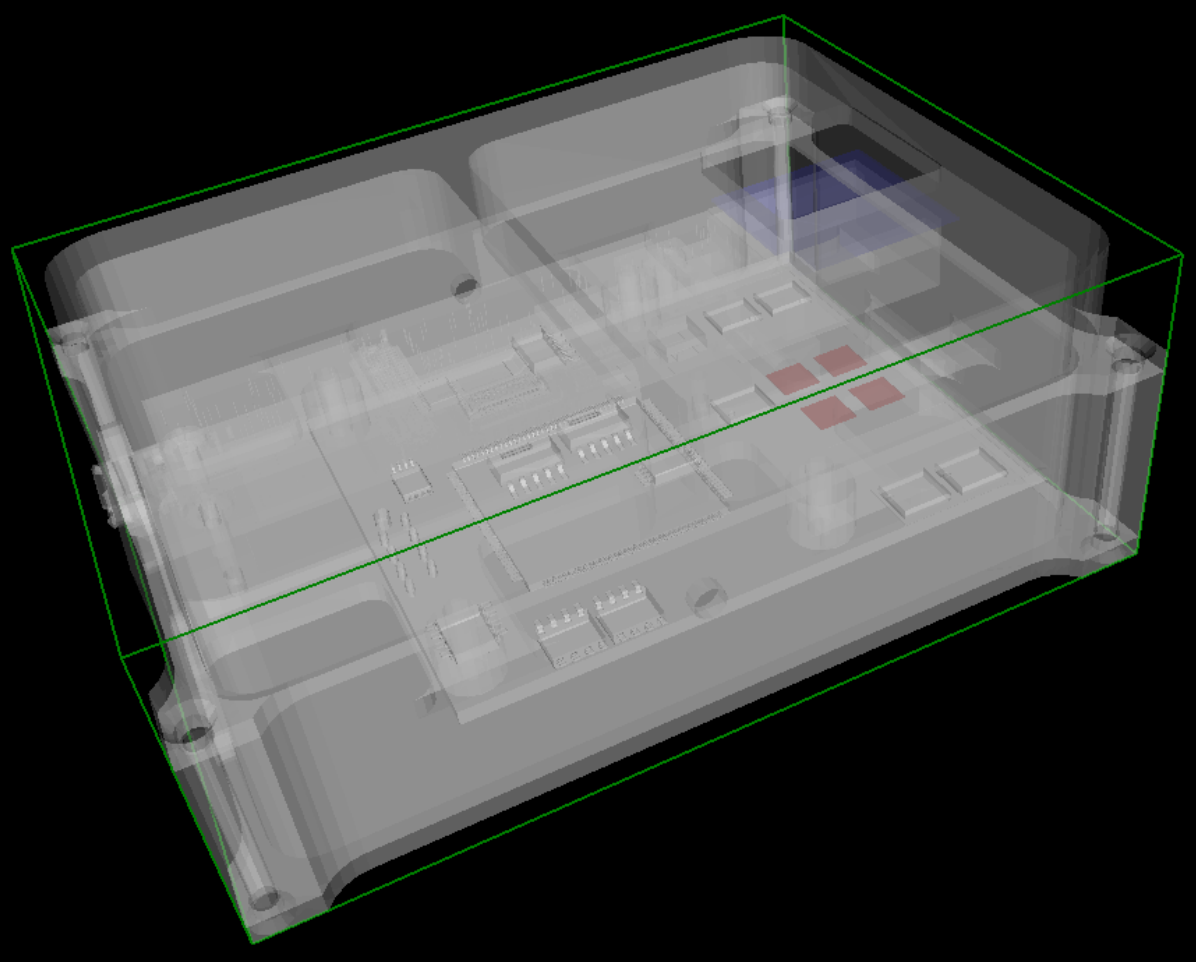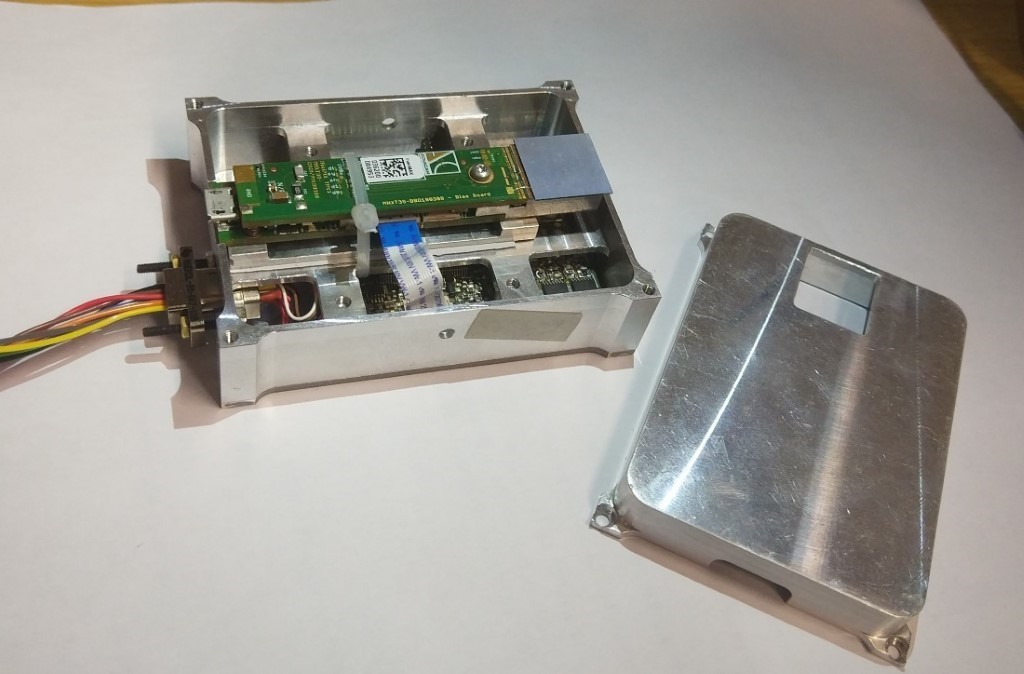-
StatusCompleted
-
Status date2021-01-08
-
Activity Code4A.070
The objective of the project is to design, develop and test four prototypes of Miniaturised Radiation Monitor (MIRAM) which
- is planned for GEO Telecom satellite missions to monitor the cosmic radiation dose
- is based on pixel detector TimePix,
- is designed for 12-15 years of latch-free operation,
- is small with an order of magnitude reduction in the mass and volume as compared to previous radiation monitors,
- has lower complexity and replaces expensive materials compared to previous solutions,
- has reduced power consumption.

Figure 1: Timepix technology
Main technical requirements for MIRAM
- Miniaturisation
- Power dissipation <1W
- Weight <150g
- Dosimeter for accumulated total dose + particle identification
- low price
The radiation monitor MIRAM exploits one of the best currently available technologies for particle detection - Timepix. It allows for significant reduction of the size of the instrument. Dimensions of Timepix chip itself are 14mm x 14mm x 0.5mm, and its weight is only a fraction of a gram. The imager consists of 256 x 256 silicon pixels, each operating on its own as an individual particle detector, and it offers unprecedented performance in single quantum detection, tracking and recognition. Moreover, significant redundance is available, even if parts of the device would become inoperative.

Figure 2: Model of the MIRAM device - in blue is the Timepix 3 sensing layer; in red is the four-single-pad-diodes sensing layer.
The MIRAM device is designed to provide 3 operational modes being controlled autonomously. The choice of mode depends on the actual need for detailed knowledge about the radiation environment that the satellite is encountering at the time. The lowest power and transmission volume correspond to measurement of dose and doserate over somewhat longer exposures. Real-time measurements of the composition of the radiation in time-frames of seconds or shorter, obviously increases power and data volume, but may be needed if bursts are expected.

Figure 3: The MIRAM final prototype (with open housing).
- particle species identification
- continuous dosimeter
- particle flux up to 106-7 (#/cm2/sec)
- dimensions 82x60x49 mm^3
- weight (140g, includes aluminium housing 97g)
The architecture of the device is based on a hybrid active pixel detector technology with diodes and shielding. The heart of the design is the Timepix chip with the read-out electronics. The particle species identification is designed with the sophisticated combination of the pulse height analysis, the coincidence scheme with absorbers and the analysis of cluster shapes and energy depositions. The MIRAM communicates with satellites just via a single standard CAN bus providing processed data products and receiving commands if necessary.
The project is completed. It took 34 months from January 2018 to October 2020.




